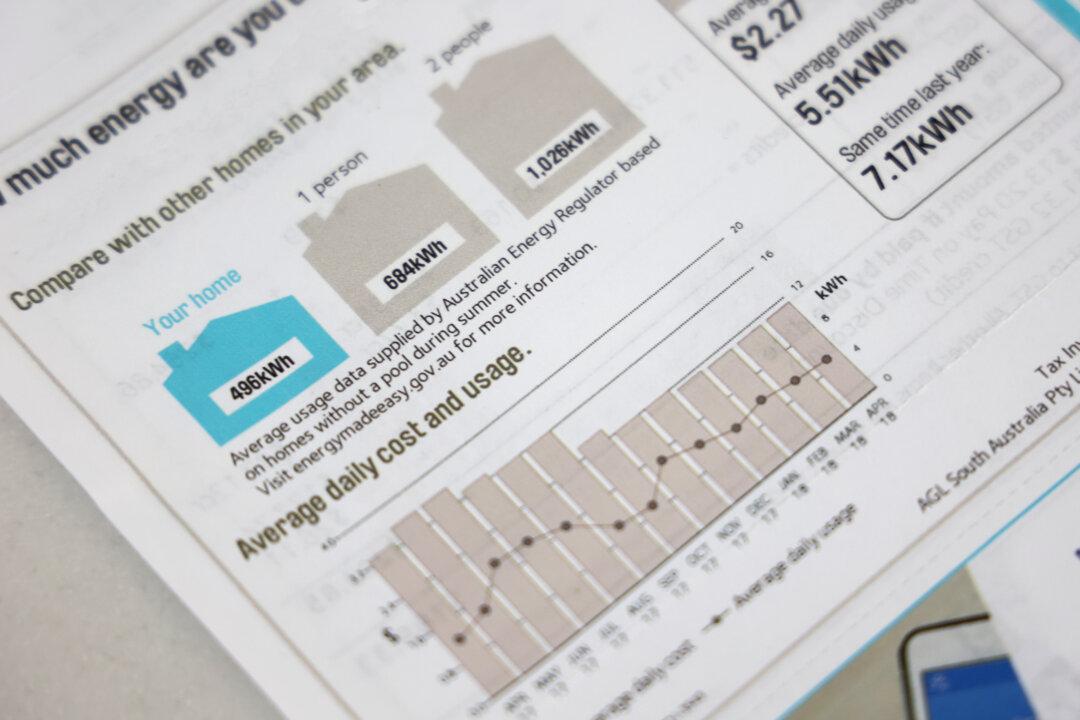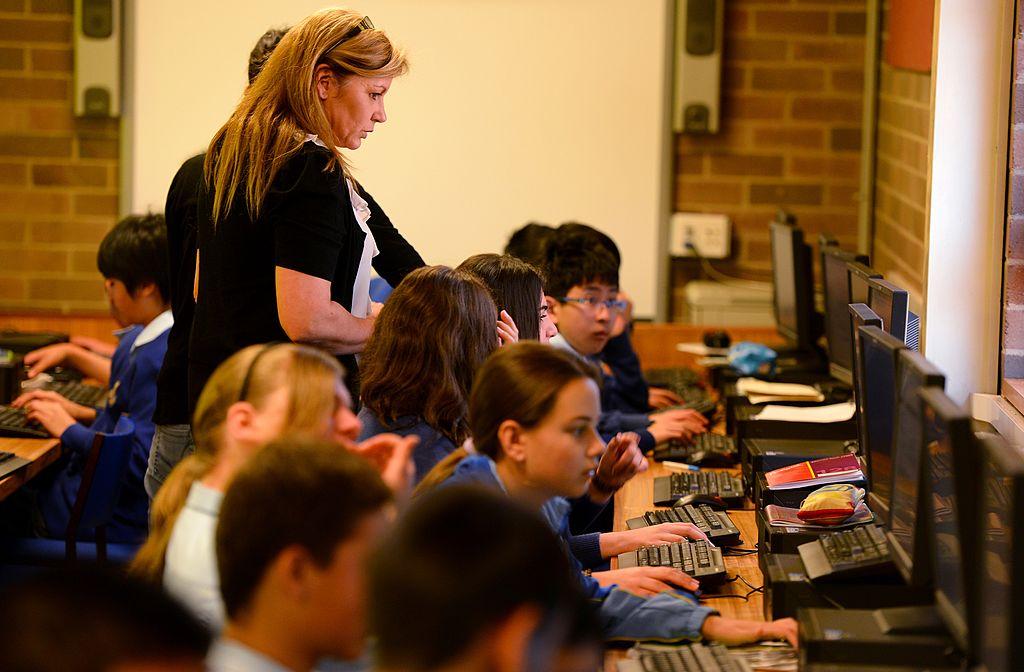Energy customers have been facing bill debt across most jurisdictions since mid-2022 despite better outcomes in 2023, according to the energy regulator.
The Australian Energy Regulator’s (AER) latest ‘State of the energy market’ report (pdf), published on Oct. 5, revealed pressures remain in the energy system amid the net zero transition, with the need to “address energy affordability for consumers.”





